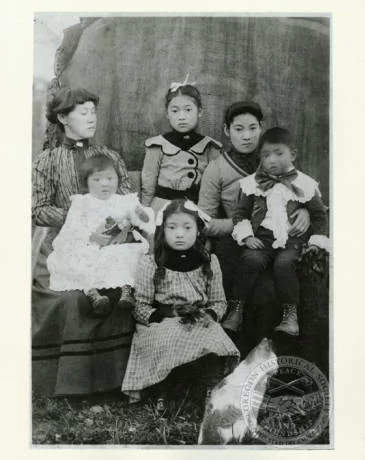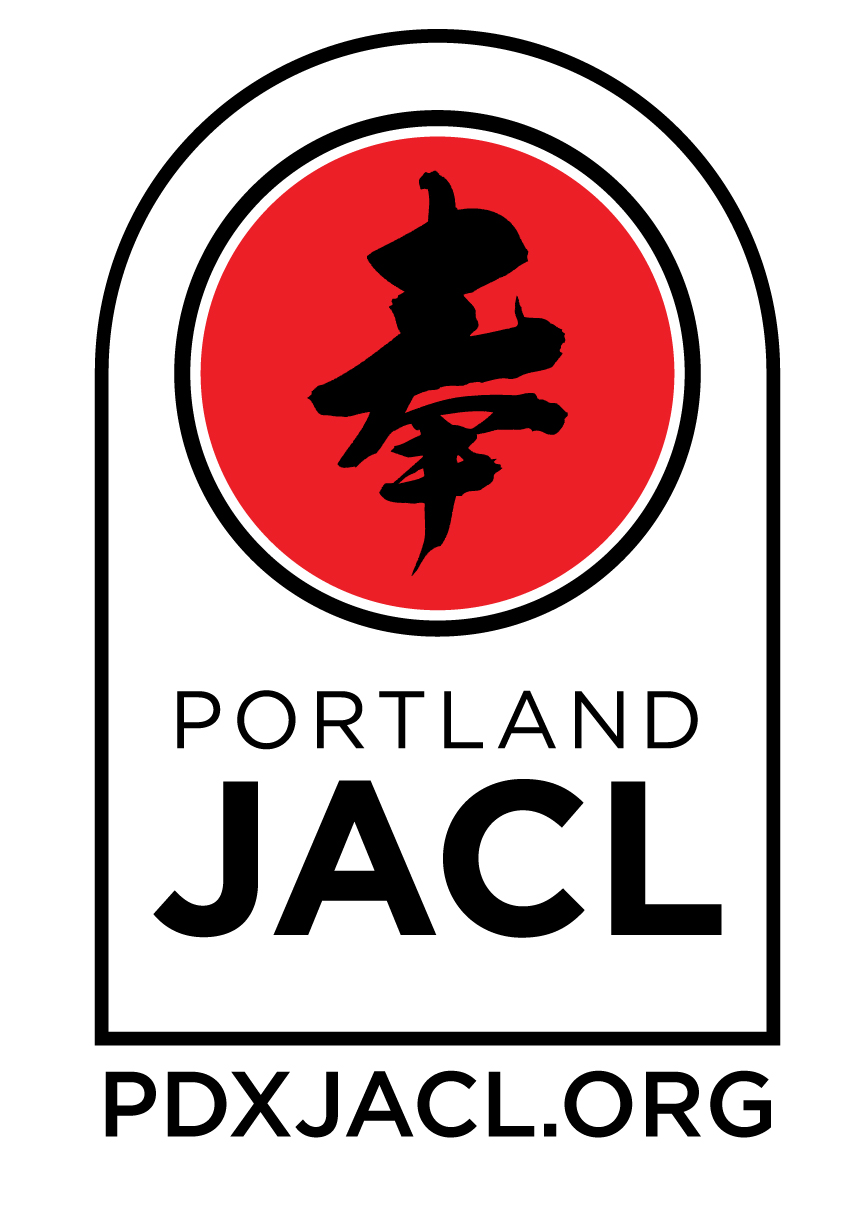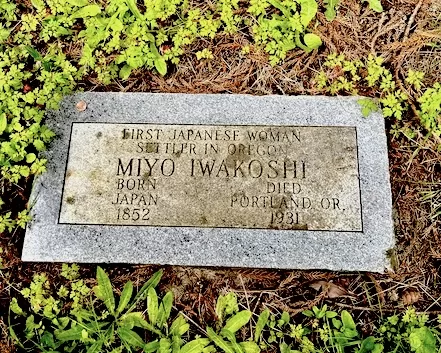Jenny Yamada
Last Spring, I joined my dad on a tour of Gresham Pioneer Cemetery. Most of the graves there were of notable families who have streets named after them. Nestled in a cemetery once reserved for Europeans is the resting place of the first known Japanese settler in Oregon, Miyo Iwakoshi. As the partner of a Scottish man, her grave was unmarked until 1988. Her story represents an important piece of our region’s Nikkei history. I grew up in Oregon and only learned about her a few years ago. This is disappointing. Actually, I’m a little mad about it. Especially considering she and her family may be the reason many Issei, including my great-grandfather, decided to settle here.
In school, the lives of Native peoples and non-European settlers were at best side notes to the Oregon history curriculum. Multicultural perspectives were lacking. How we ended up at the cemetery that day is thanks to my dad who had found a card addressed to his grandparents from Miyo’s daughter, Jewel Nitobe. Ever curious, he discovered her mother’s historical significance and final resting place.
I think about myself as a child growing up in the 80s and 90s, and how meaningful Miyo Iwakoshi’s story would have been to me then. I’m a mixed yonsei, raised in a predominantly white community. I never saw representations of Nikkei Oregonians. Having something to connect to in the past helps us better understand our experience of the world and form our ideas of self. It would have been validating to learn about her as a child. All children should have an opportunity to link to their history.
After this year’s Day of Remembrance where we showed the film No No Girl, the panel was asked and grappled with some tough questions from the audience. How do we keep the past alive as we near the 100th anniversary of Executive Order 9066? What happens as the younger generations become more diverse? Will we forget? Will history keep repeating? I share these anxieties. It’s in part why I started volunteering at JAMO and Portland JACL–to help preserve memories of our families and friends for the generations to come, to have some small hand in keeping the past alive. Sometimes the act of remembrance may feel repetitive, like the dominant culture doesn’t care. But I think of my younger self and feel what is at stake personally if we were to stop. I don’t want us to forget. As I shouldn’t have learned about the first Japanese Oregonian for the first time in my middle age.
Involvement in this community is an important part of this. We are fortunate to have many active members in Portland. Thank you for supporting us and showing up to DOR, the Nikkei picnic, Historic Plaza clean-ups, mochi-making, Unite People (Portland JACL’s youth group). All of this is valuable! I’m also grateful to those in the JA organizations who came together to dedicate Miyo Iwakoshi’s headstone. Without those pushing for her remembrance 35 years ago, half a century after her death, I’m not sure I would have learned about her.
Learn more about Miyo Iwakoshi and her family.
Visit her grave at the Gresham Pioneer Cemetery (100 SW Walters Dr, Gresham, OR).



